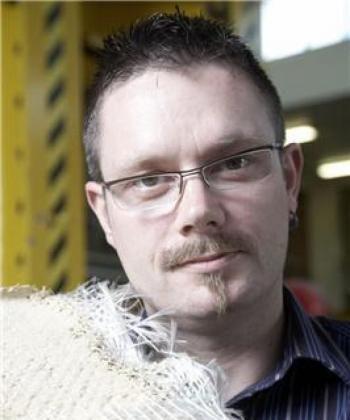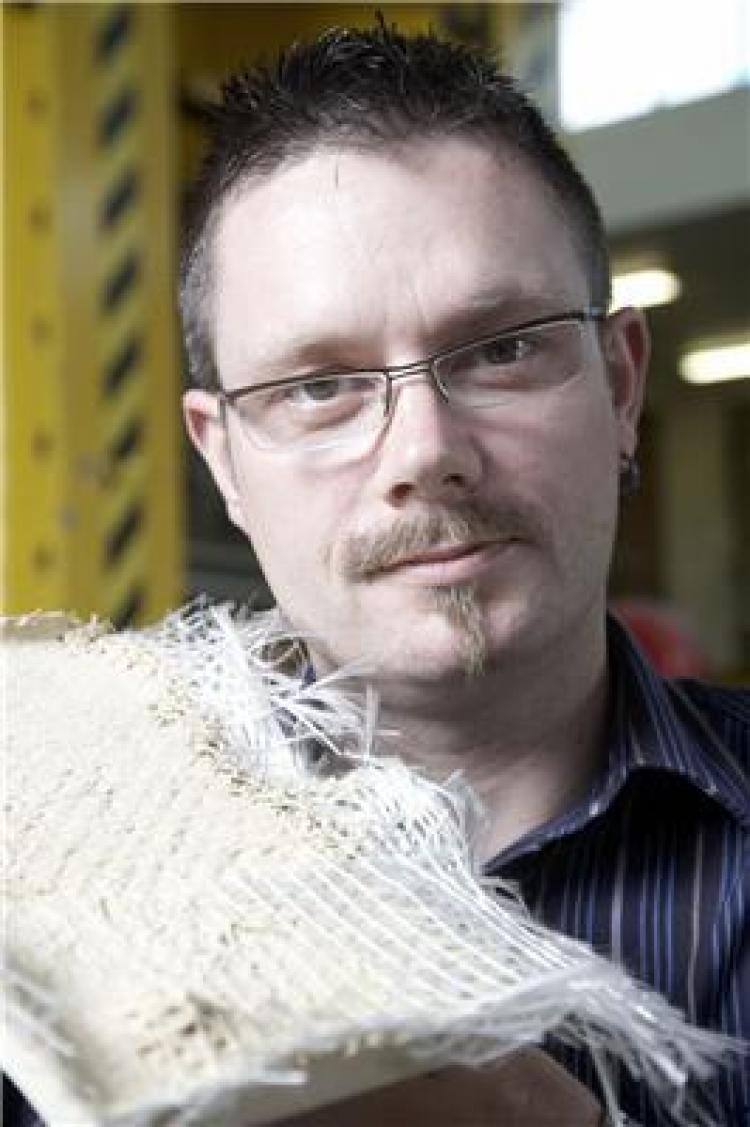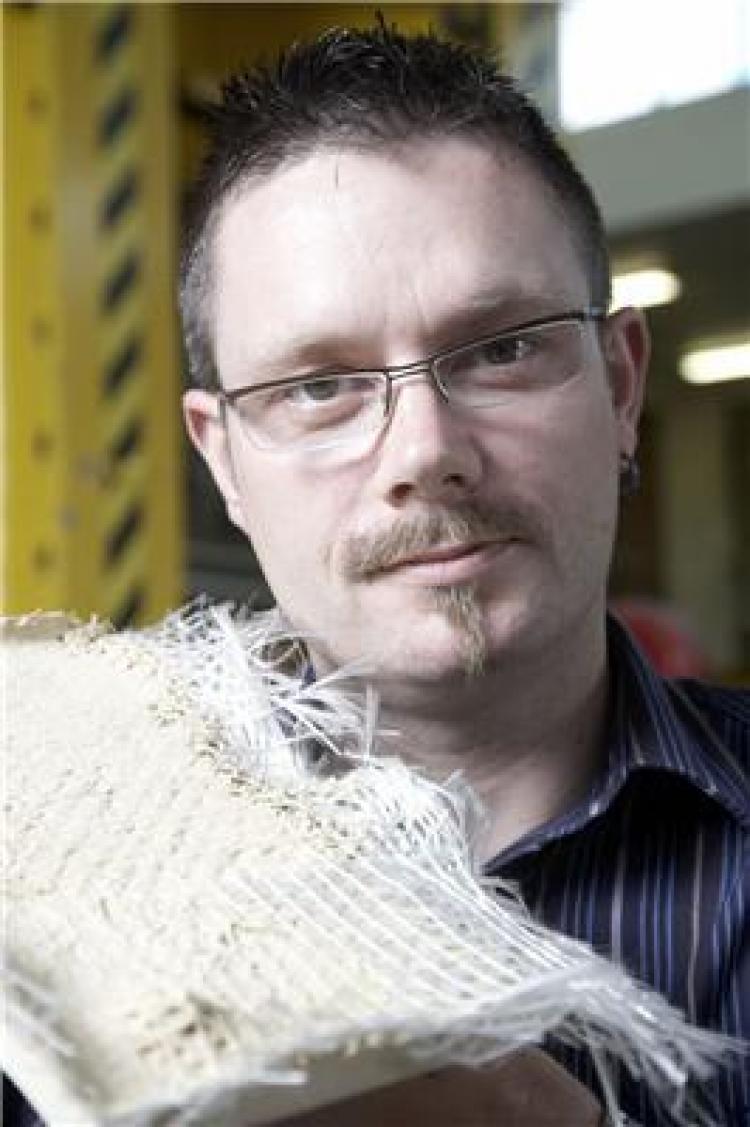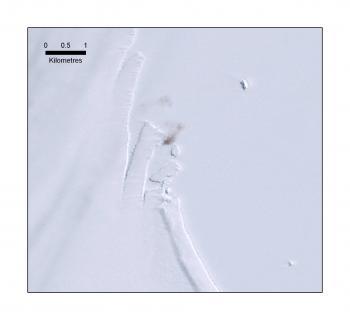A new type of body armour is being developed from cement by engineers at the University of Leeds, which is hoped to become an alternative to current high performance body armour constructed from alumina plates.
Dr Philip Purnell, lead researcher at the School of Civil Engineering at the University, told The Epoch Times, “Existing body armour based on alumina is very difficult to make and there’s a shortage of factories that can manufacture the equipment. It’s also inflexible, so you can’t mould it to the shape of the body except as a flat plate for the chest.”
The material has to be heated up to 1600°C for up to two weeks in a process called “sintering” to create the enhanced combat body armour (ECBA) as supplied to UK troops.
“You can only do that in a special factory and in a limited number of places, but if you give the army this technology they could cast the cement on the field,” said Purnell.
In the past, UK and US soldiers serving in Iraq and Afghanistan have faced shortages of ECBA as production has struggled to keep up with soaring global demand. By using cement, the research team are hoping to create a material that is both cost–effective and easy to manufacture.
“This would be a very hard ceramic with reinforced side hinge with carbon fibre. Current systems get a glass plate and wrap it in carbon fibre, but here we can have the fibre part inside the cement by mixing them together.
“Most armour systems are a combination of a hard brittle material which absorbs energy and a very tough plastic matter that absorbs the fragments. What you can’t do with the alumina is have it all in one. But we need the science input to see if we can get it to work.”
However, the cement vest research is just one part of a much grander project, “Cementing the future”, which is a three-year project designed to build a network of interested professionals and highlight new areas for future research funding.
“The project is about using existing cements of which there are 100 different types and finding the right one to process it for different applications.
“There are so many different applications of cement such as using it as a basis for a fridge with no moving parts or as a shop window dummy because the plastic is environmentally unfriendly to make. In Russia, they have used cement powder to make it rain.
“In many applications we don’t have to change it as much, and there might be quite small changes, i.e. small cement can be injected into the spinal bones as calcium phosphate without the need for surgery. It is then reabsorbed like all other bone. It’s still cement.” Purnell said.
Dr Purnell is actively seeking other researchers, engineers, scientists, designers or even sculptors and artists who also have ideas for new uses for cement.
For more information about the project, visit http://tinyurl.com/nacnet





